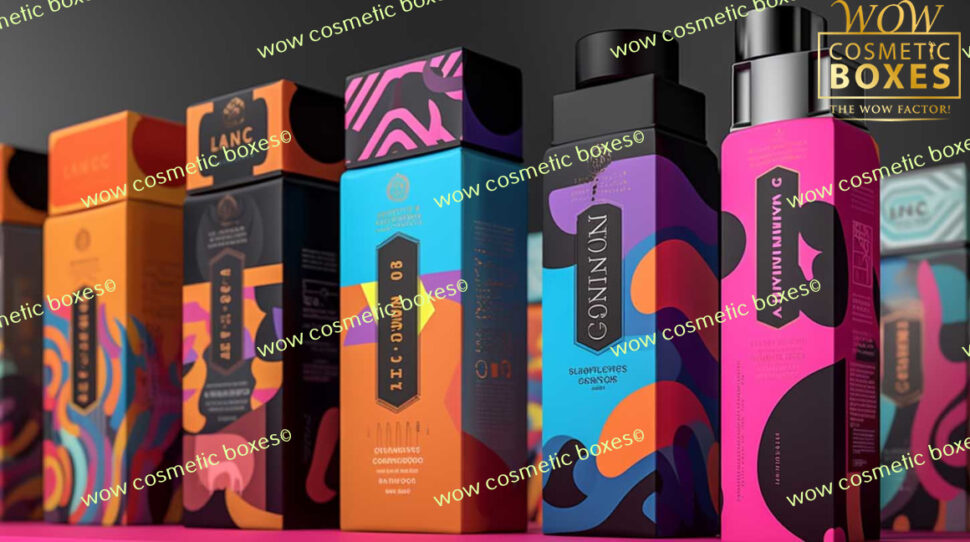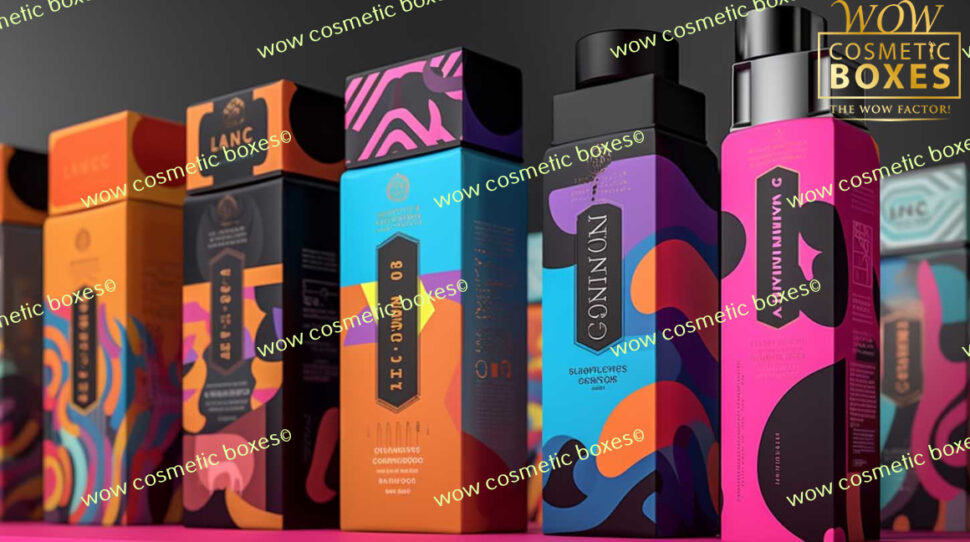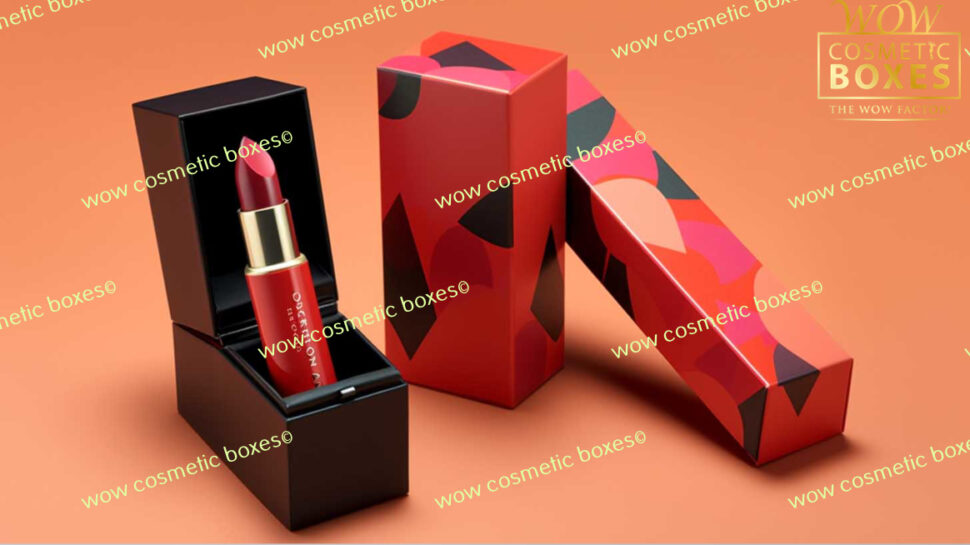
As a consumer, you may not realize the impact of packaging on your purchasing decisions. However, for businesses, packaging is one of the most important aspects of marketing. Vape companies are no exception to this rule, as they compete in an industry that relies heavily on branding and visual appeal. The psychology of vape packaging is complex and multifaceted, considering factors such as color, shape, and emotional connections with consumers.
Research shows that consumers make split-second decisions about products based on their packaging design. Studies have found that up to 90% of all buying decisions are subconscious. This means that even if you think you are making a rational choice when selecting a vape product, your decision may be based on its appearance rather than its features or benefits. Understanding the psychology behind vape packaging can help businesses create effective designs that connect with consumers and drive sales.
Key Takeaways
- Packaging design is crucial for marketing and influences buying decisions for vape companies.
- Understanding packaging psychology, such as color symbolism and shape perception, is critical for marketers.
- Effective branding must be unique, memorable, and consistent while accurately reflecting brand identity and values.
- Vape packaging design can differentiate a product, establish customer trust, and drive sales.
The Importance of Vape Packaging in Marketing
Don’t underestimate the power of packaging – it can make or break a product’s success in the market. This is particularly true in the case of vape products, where consumers have a wide range of options to choose from. Packaging psychology plays a significant role in consumer behavior and influences decision-making.
Visual hierarchy is an essential aspect of packaging design that impacts how consumers perceive and interact with a product. The arrangement of elements on a package, such as text, graphics, and images, can influence which features catch the eye first and guide the viewer’s attention toward specific areas. For example, bold fonts are often used for product names to grab attention quickly, while intricate designs or patterns may be used to create interest and intrigue.
The visual hierarchy must align with brand identity to ensure consistency in messaging across all marketing materials. In the context of vape packaging, it is crucial to understand how color and shape impact consumer perceptions. By learning about these psychological principles, marketers can create packages that appeal to their target audience and stand out from competitors on store shelves.
Packaging psychology is critical for any marketer looking to succeed in today’s competitive marketplace. Visual hierarchy guides consumer behavior by influencing which elements catch attention first. Furthermore, color and shape significantly affect how potential buyers perceive products. With this knowledge, you will be better equipped to design effective vape packaging that resonates with your target audience while staying true to your brand identity.
The Psychology of Color and Shape in Vape Packaging

The curved lines and vibrant hues of vape packaging act as a siren’s call, drawing consumers in with their alluring charm. The psychology of color symbolism plays a significant role in the design process. For example, blue is associated with trust and calmness, orange with energy and excitement, and green is often used to convey health and nature. These associations can be leveraged to influence consumer behavior.
Similarly, shape perception also plays a critical role in the design process. Rounded shapes are often perceived as friendly and approachable, while sharp edges imply danger or caution. Packaging designers use these principles to create an emotional connection between the product and the consumer. With such a diverse range of products available on the market today, it’s essential for companies to differentiate their brand from competitors by standing out through unique packaging design.
Therefore, marketers need to understand how color symbolism and shape perception work together when designing vape packaging that will appeal to customers’ emotions. By doing so, they can create an emotional connection that extends beyond just purchasing the product itself but fosters long-term loyalty. The subsequent section about ‘how customized packaging design can create emotional connections with consumers will explore this idea further by discussing how certain packaging design elements can connect customers to brands in ways that extend beyond mere aesthetics or convenience features.
How Vape Packaging Design Can Create Emotional Connections with Consumers
You can create a powerful emotional connection with consumers by designing your product’s packaging. This is because packaging design can evoke specific emotional responses in customers that can influence their buying decisions. For example, a study found that packaging designs with warm colors and rounded shapes were more likely to elicit positive emotions such as happiness and excitement.
These emotional responses are important because they can lead to brand loyalty. When customers have positive experiences with a product, they are more likely to become repeat buyers and recommend it to others. Packaging design plays a key role in creating these positive experiences by establishing an emotional connection between the customer and the brand.
In addition, packaging design can also help differentiate your product from competitors on store shelves. By creating a unique visual identity through innovative packaging design, you can attract attention and stand out from other products in the same category. This further reinforces the emotional connection between consumers and your brand, increasing brand loyalty over time.
As you move into discussing the role of branding in vape packaging, it is important to remember how effective packaging design can contribute to building this strong relationship between consumer and brand.
The Role of Branding in Vape Packaging

Creating a strong brand identity through vape packaging can transport customers into a world of unique flavors and experiences. A well-designed package captures the customer’s attention and creates an emotional connection with the product. Vape packaging should reflect the brand’s values and mission statement to resonate with its target audience.
Branding plays an important role in creating consumer loyalty. Customers who identify strongly with a particular brand are more likely to purchase from it again and recommend it to others. By using consistent branding across all products, companies can establish trust with their customers and build a loyal customer base.
For branding to be effective, it must be unique and memorable. This is especially important in the crowded vape market, where many options are available for consumers. Companies must use creative designs that stand out from competitors and capture the essence of their brand. By doing so, they can create a lasting impression on potential customers and increase sales.
As we move forward, let’s examine some case studies about successful vape packaging designs that have captured consumers’ attention and increased sales without being too flashy or overbearing on the senses.
Case Studies: Successful Vape Packaging Designs
Looking at successful examples of vape packaging designs can provide insight into how companies have effectively communicated their brand identity and increased sales through visual appeal. For instance, some brands have utilized innovative materials like holographic foils or textured paper to create a unique tactile experience for customers. Others have experimented with unique shapes, such as hexagons or tubes, to differentiate themselves from the competition.
A numeric list of four key takeaways from successful vape packaging designs include:
- Use of bold typography and colors that evoke emotion and convey the brand’s personality
- Incorporation of unique shapes and materials that stand out on store shelves
- Clear communication of product information, including nicotine content and flavor profiles
- Consistent branding across all packaging elements, including labels, boxes, and inserts
By following these best practices, companies can create packaging designs that catch the eye and effectively communicate their brand message to potential customers.
When creating effective vape packaging designs, there are several tips to remember. For example, it’s important to consider the target audience and design packaging that will appeal to them specifically. Additionally, incorporating interactive elements like scratch-off labels or QR codes can engage customers and encourage repeat purchases. Finally, staying up-to-date on industry trends is crucial to ensure that your packaging remains relevant and competitive in a constantly evolving market.
Tips for Creating Effective Vape Packaging Designs
When crafting vape packaging, it’s crucial to consider the target audience and design with their preferences. One of the key factors to consider is sensory appeal. Vape packaging should be visually stimulating, aesthetically pleasing, and tactilely satisfying. This can be achieved using different textures, finishes, and materials.
Another important aspect of effective vape packaging design is staying up-to-date with current design trends. This includes not only aesthetics but also functionality. For example, many consumers now prefer smaller, more portable devices that are easy to use on the go. Packaging that reflects this trend by being compact and sleek can help attract buyers who prioritize convenience.
In addition to sensory appeal and design trends, it’s also important to ensure your packaging accurately reflects your brand’s identity and values. This can help create a cohesive overall image for your company that resonates with consumers. By carefully considering these factors when designing your vape packaging, you can increase the likelihood of making a positive impression on potential buyers and ultimately driving sales.

